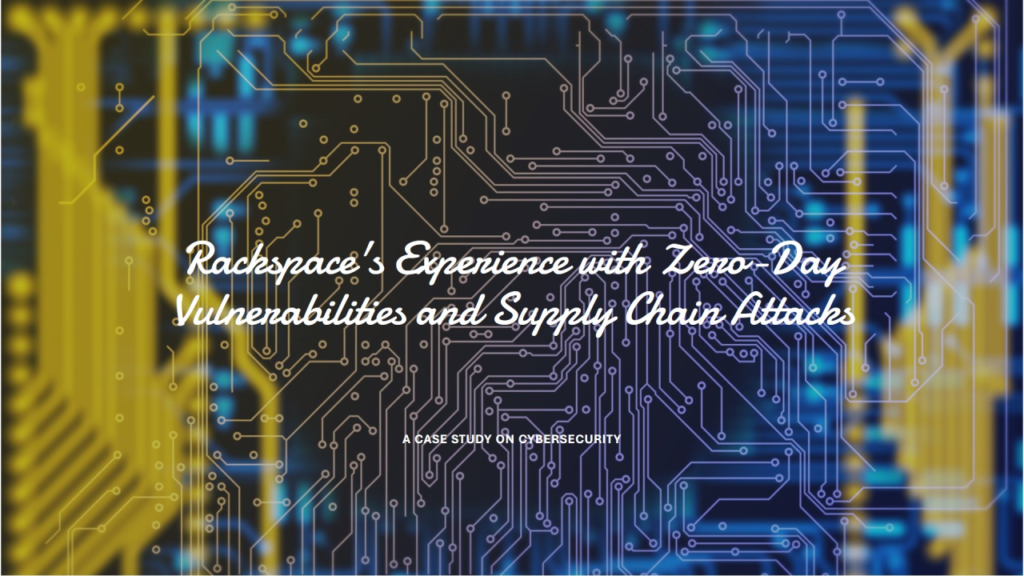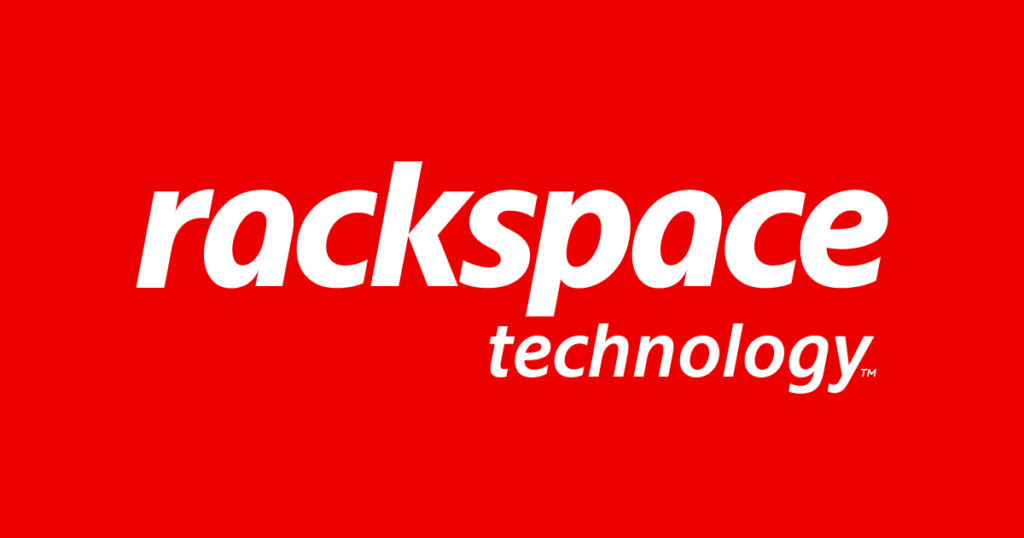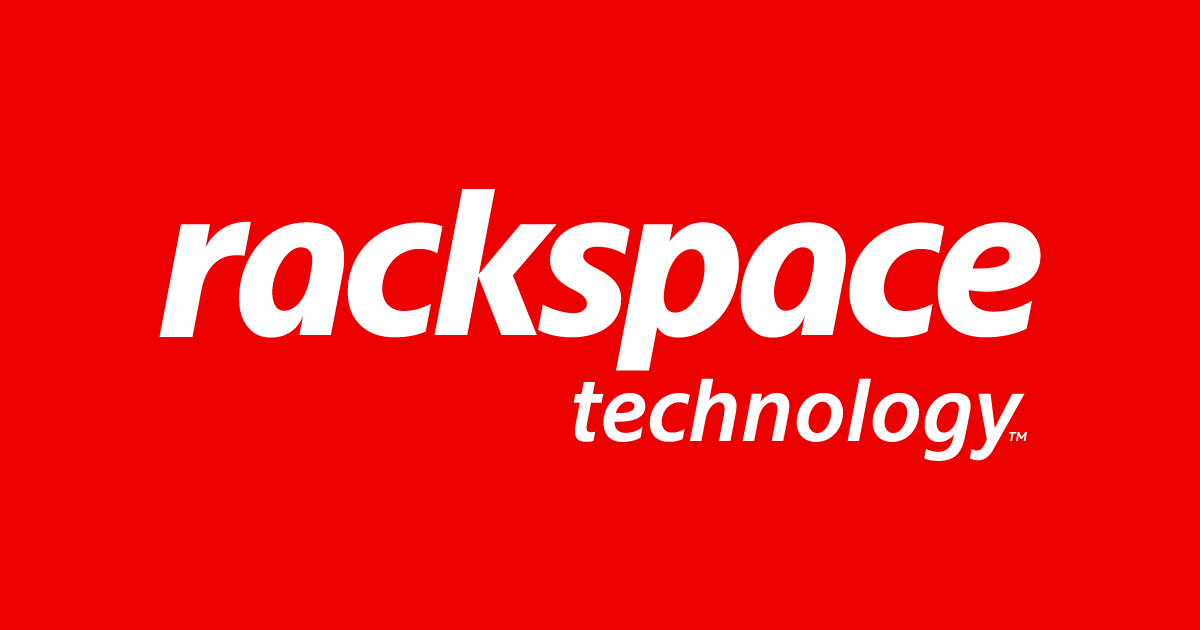Zero-day vulnerabilities and supply chain attacks represent some of the critical perils facing today’s cybersecurity environment. This paper looks into the most recent incident regarding Rackspace, both with a technical analysis of zero-day vulnerabilities and impacts from supply chain attacks.

Incident Overview
Rackspace was using a monitoring dashboard built by ScienceLogic. But the dashboard had an integrated third-party utility that had a zero-day remote code execution vulnerability. The attackers took advantage of the vulnerability to breach the internal monitoring servers of Rackspace. As a result, the internal sensitive monitoring data related to the clients of Rackspace was compromised.
Zero-Day Vulnerabilities
Zero-day vulnerabilities are security vulnerabilities identified within software that remain unpatched by the relevant party-for instance, the vendor. These present a great opportunity for attackers because they have an opportunity to exploit the weak points in software or hardware before these get fixed. Since third-party components of software are widely used in enterprise environments, such vulnerabilities pose huge risks to the supply chain.
Details
Zero-Day RCE: RCE vulnerability allows attackers to execute unauthorized commands on the victim system. In most cases, this leads to complete control over the system with access to sensitive data. ScienceLogic SL1 Integration: Rackspace’s monitoring setup was implemented on this platform, which offers real-time monitoring, automation, and analytics for hybrid IT environments. But the zero-day vulnerability in a third-party utility integrated into this platform became the cause of exposure.
What is a Supply Chain Attack?
Supply chain attacks represent the attempt to penetrate the system via weak points of a company’s software or service providers. Large cloud providers have very extended software ecosystems; in other words, there is more leeway and space for malicious actors to carry out attacks through this approach.

Rackspace Case:
Third-party utility: The third-party utility integrated with ScienceLogic’s monitoring dashboard had been used in this attack. They attacked the vulnerability within the software and gained access to internal Rackspace systems.
Data Breach: The compromised critical monitoring data includes customer account names and numbers, device IDs, IP addresses, and AES256-encrypted internal device agent credentials.
How Can These Attacks Be Prevented?
Software Component Monitoring: Third-party software must be consistently monitored and tested for security vulnerabilities. Enterprises should perform regular checks for all components in their supply chains.
Zero Trust Model: A Zero Trust model ensures that all access requests are verified and monitored. This helps in detecting and preventing internal breaches.
Patch Management and Quick Response: Patches for zero-day vulnerabilities should be installed as soon as they are available. In this case, Rackspace quickly acted and implemented a patch provided by ScienceLogic.
Data Encryption and Credential Rotation: In response to the incident, Rackspace suggested rotating credentials for internal device agents. Strong encryption methods like AES256 make data theft harder, and regularly rotating credentials reduces risks.
Why Supply Chain Attacks Are Gaining Traction?
In recent years, supply chain attacks have become popular among cybercriminals due to several factors:
Broader Impact: One vulnerability in a third-party vendor can affect many organizations due to interdependencies.
Inherent Trust: Organizations tend to inherently trust external service providers, making attacks harder to detect.
Complex Software Ecosystems: Increased reliance on third-party software expands the attack surface, offering more points of entry for threat actors.
These factors make supply chain attacks highly effective and widely used.
Conclusion
The Rackspace incident highlights the risks posed by zero-day vulnerabilities and supply chain attacks to technology providers and their customers. Such attacks expose critical monitoring and performance data. However, timely response, effective patch management, and heightened security awareness can mitigate the impact of these attacks.
Security in the technology landscape requires proactive measures, vigilance against zero-day threats, and continuous reassessment of supply chain security. This incident underscores the key lessons to be learned in preventing future attacks.

Comments are closed